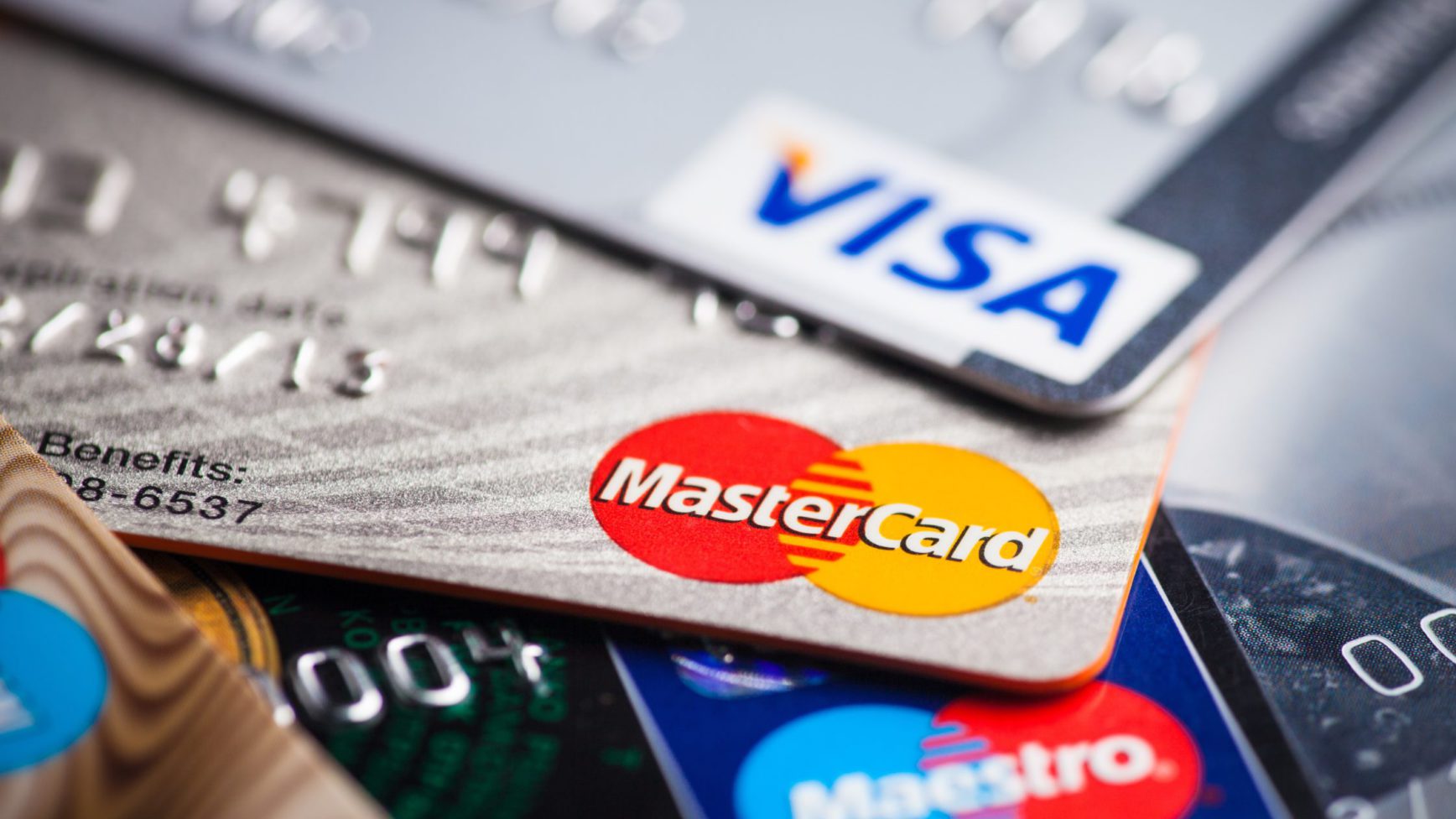Customizing B2B Credit Card Surcharging

If you’ve decided you want to surcharge, you may then ask: How should I do it? In this blog post, we’ll highlight how customizing your surcharging benefits your customers, you, and your team.
Surcharging effectively makes your credit card fees zero and raises your margins substantially. However, surcharging is not a one-size-fits-all strategy. It’s not all-or-none either. It differs by business and industry; by product and customer type. The most successful surcharge programs factor in your payment channels, your customer types, and how you sell your products/services.
Here are several considerations as you tailor your surcharging
- On Account vs. Cash on Delivery customers. B2Bs earn lower margins for customers on terms or early payment discounts. When that customer pays with a credit card, it’s a 1-2 margin punch. You may tailor surcharges on those orders or customers that hit your margins the hardest. You may even only surcharge those terms customers and not COD orders.
- Premier vs. Non-Premier customers. Many B2Bs have a few customers that account for a large share of their revenues. You may want to treat those key customer relationships differently with your surcharge program. There’s no one answer here; it depends upon your customer relationship. Some B2Bs implement surcharges because their top customers use credit cards while others avoid surcharging them altogether.
- Product Lines & Sample Orders. Certain businesses, especially in the building products industry, may provide samples, free materials, etc. You might consider waiving surcharges on low order values or sample orders that don’t materially impact your bottom line.
- High vs. Low Order Values. Your order value mix may change your surcharge strategy. High order values have high dollar fees. Recovering those dollars may drive your desire to surcharge. Alternatively, you may want to avoid touching high order values and instead recover fees on lower value transactions.
- SUA Cards vs. Non-SUA Cards. Larger customers typically automate payables by using SUA cards, whereas smaller customers float credit on their personal or company cards. You may not be able to change your large customer SUA behavior. You can still recover fees by surcharging all the other credit cards.
- High vs. Low Shipping Costs. Some B2Bs absorb some of the delivery costs. You may earn next to nothing by absorbing those shipping fees AND credit card fees. Consider surcharging based upon the shipping costs.
- Location-based surcharging. Many B2Bs empower general managers or employees at different locations to own the customer relationship. Each location’s customers may have different surcharging desires. You can create a company-wide surcharging program that gives autonomy to employees who own the customer experience.
How InterPayments can help
In the end, surcharging can be customized to your unique business. The best programs understand the optimal surcharging experience for customers, internal teams, and profit margins. InterPayments makes these decisions easy to implement. Our surcharging technology automates tailoring surcharging for your business.
With InterPayments, you choose whether, when, who, and how much to surcharge. All at the click of a button, anytime you want. We have automated several customized surcharging rules many customers use out-of-the-box. If you have other custom surcharging desires, we’ll work with you to build those. We do this in addition to taking your compliance liability off your plate and working with your existing payment providers.



